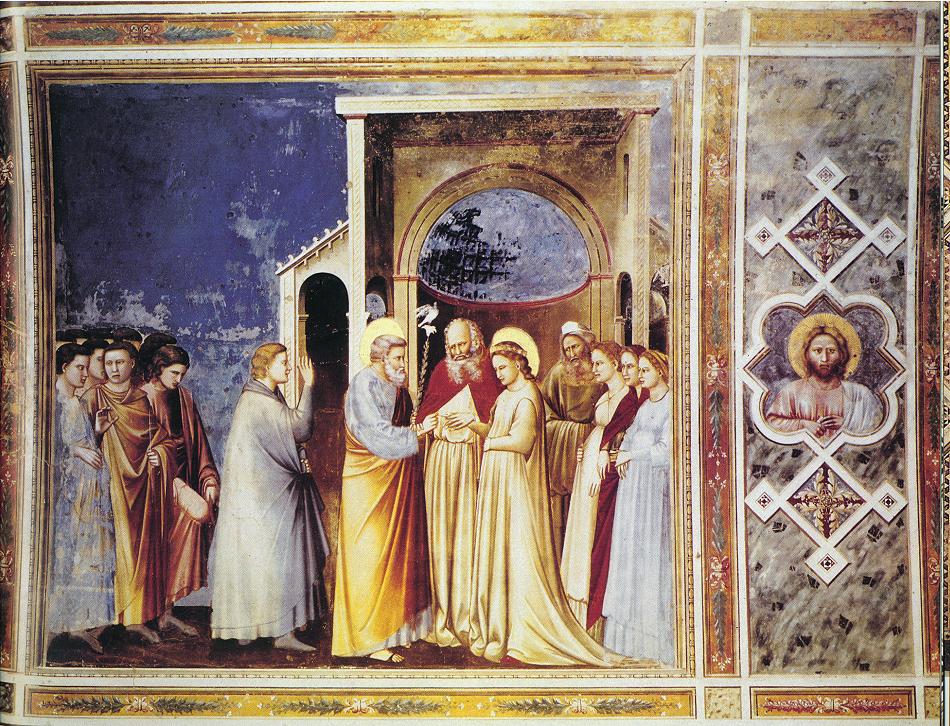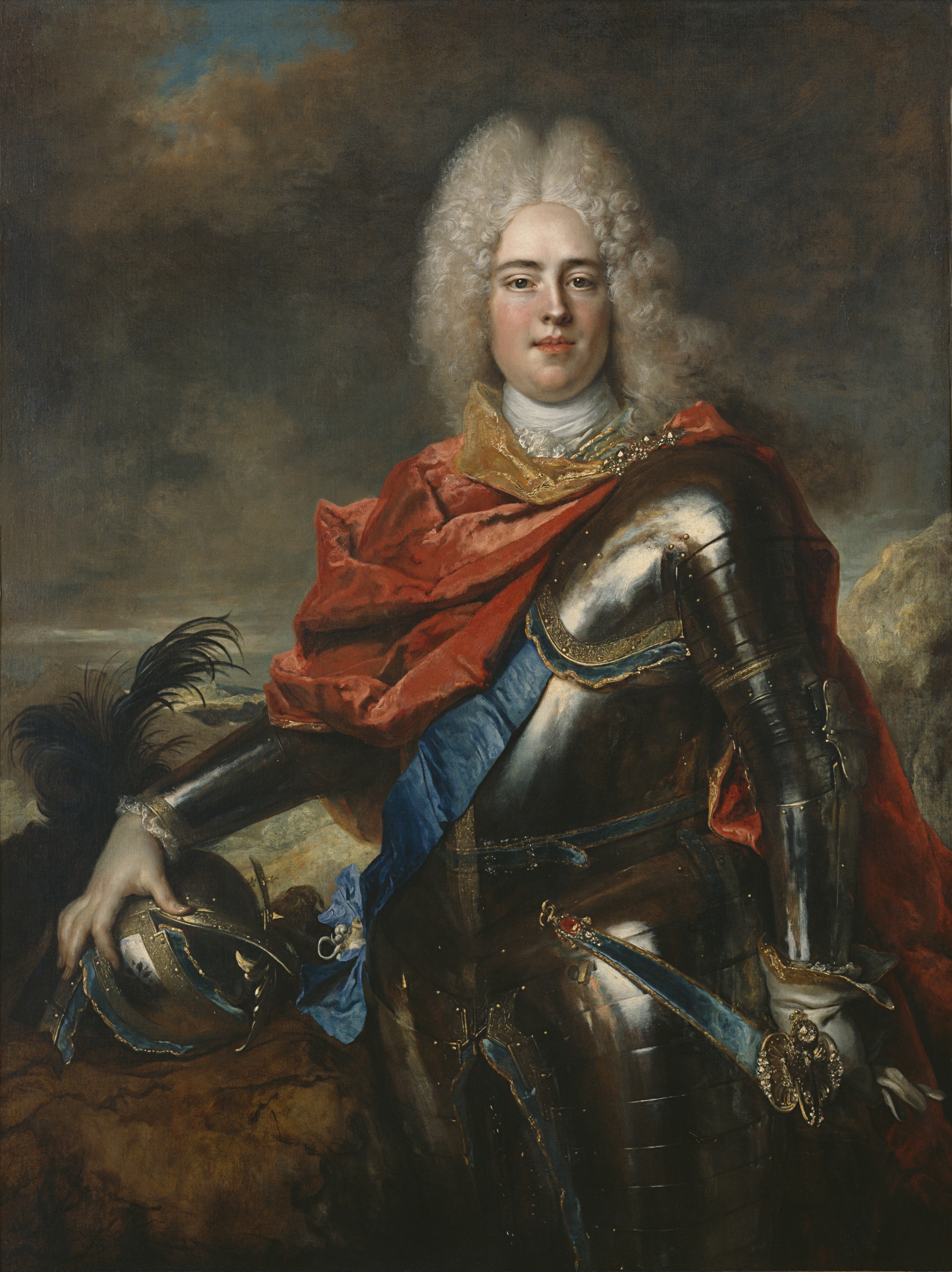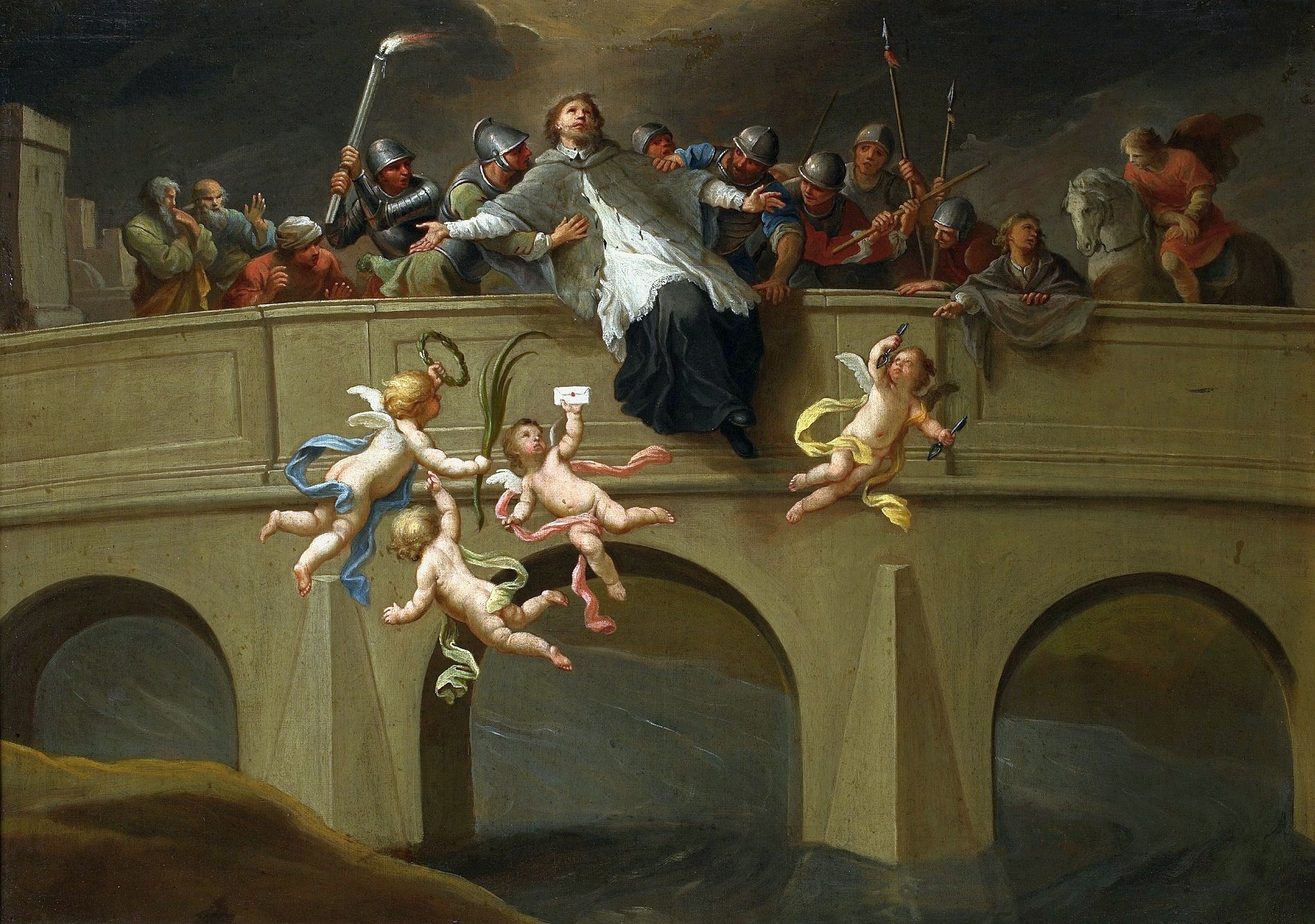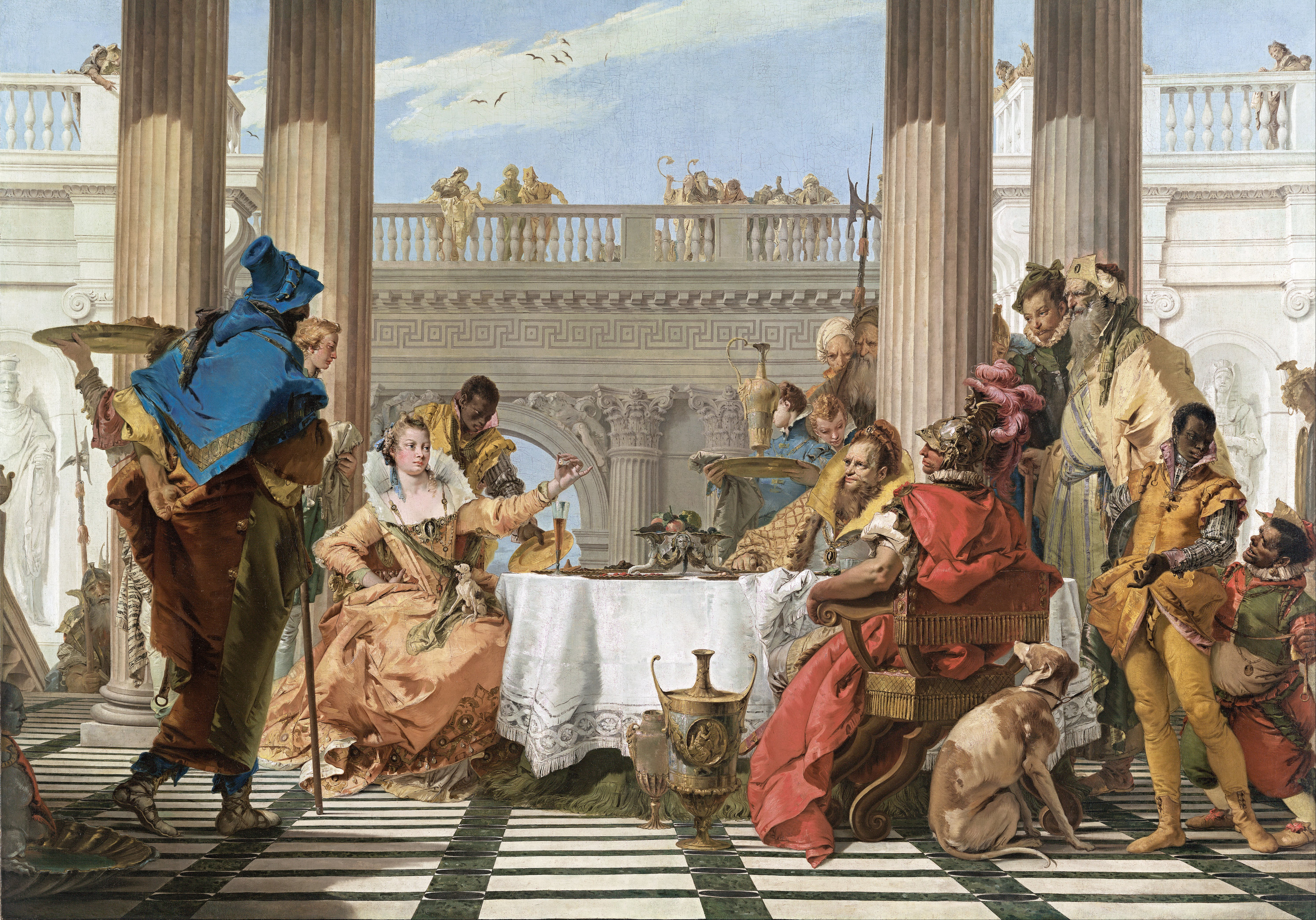|
Church Of San Polo, Venice
The Chiesa di San Polo is a Catholic church in Venice, dedicated to the Apostle Paul. It gives its name to the San Polo sestiere of the city. Exterior The current Gothic church dates from the 15th century, but a church has stood on the site since the 9th century and the south doorway, possibly by Bartolomeo Bon, survives from this church. The campanile, standing detached from the church, was built in 1362. Chiesa di San Polo (Venice) - Gate.jpg, The Gothic gate on the ''Salita San Polo''. Chiesa di San Polo (Venice) -abside.jpg, the apse Chiesa di San Polo (Venice) - Campanile, il leone di sinistra.jpg, Lion (left), twelfth century, base of campanile Chiesa di San Polo (Venice) - Campanile, il leone di destra.jpg, Lion (right), twelfth century, base of campanile Interior The interior has a ship's keel roof and was restored in 1804 by Davide Rossi. On the left wall near the entrance is a ''Last Supper'' by Jacopo Tintoretto, while the first altarpiece on the left, is att ... [...More Info...] [...Related Items...] OR: [Wikipedia] [Google] [Baidu] |
Venice
Venice ( ; it, Venezia ; vec, Venesia or ) is a city in northeastern Italy and the capital of the Veneto Regions of Italy, region. It is built on a group of 118 small islands that are separated by canals and linked by over 400 bridges. The islands are in the shallow Venetian Lagoon, an enclosed bay lying between the mouths of the Po River, Po and the Piave River, Piave rivers (more exactly between the Brenta (river), Brenta and the Sile (river), Sile). In 2020, around 258,685 people resided in greater Venice or the ''Comune di Venezia'', of whom around 55,000 live in the historical island city of Venice (''centro storico'') and the rest on the mainland (''terraferma''). Together with the cities of Padua, Italy, Padua and Treviso, Italy, Treviso, Venice is included in the Padua-Treviso-Venice Metropolitan Area (PATREVE), which is considered a statistical metropolitan area, with a total population of 2.6 million. The name is derived from the ancient Adri ... [...More Info...] [...Related Items...] OR: [Wikipedia] [Google] [Baidu] |
Chancel
In church architecture, the chancel is the space around the altar, including the choir and the sanctuary (sometimes called the presbytery), at the liturgical east end of a traditional Christian church building. It may terminate in an apse. Overview The chancel is generally the area used by the clergy and choir during worship, while the congregation is in the nave. Direct access may be provided by a priest's door, usually on the south side of the church. This is one definition, sometimes called the "strict" one; in practice in churches where the eastern end contains other elements such as an ambulatory and side chapels, these are also often counted as part of the chancel, especially when discussing architecture. In smaller churches, where the altar is backed by the outside east wall and there is no distinct choir, the chancel and sanctuary may be the same area. In churches with a retroquire area behind the altar, this may only be included in the broader definition of chancel. I ... [...More Info...] [...Related Items...] OR: [Wikipedia] [Google] [Baidu] |
15th-century Roman Catholic Church Buildings In Italy
The 15th century was the century which spans the Julian dates from 1 January 1401 ( MCDI) to 31 December 1500 ( MD). In Europe, the 15th century includes parts of the Late Middle Ages, the Early Renaissance, and the early modern period. Many technological, social and cultural developments of the 15th century can in retrospect be seen as heralding the "European miracle" of the following centuries. The architectural perspective, and the modern fields which are known today as banking and accounting were founded in Italy. The Hundred Years' War ended with a decisive French victory over the English in the Battle of Castillon. Financial troubles in England following the conflict resulted in the Wars of the Roses, a series of dynastic wars for the throne of England. The conflicts ended with the defeat of Richard III by Henry VII at the Battle of Bosworth Field, establishing the Tudor dynasty in the later part of the century. Constantinople, known as the capital of the world an ... [...More Info...] [...Related Items...] OR: [Wikipedia] [Google] [Baidu] |
15th-century Establishments In Italy
The 15th century was the century which spans the Julian dates from 1 January 1401 ( MCDI) to 31 December 1500 ( MD). In Europe, the 15th century includes parts of the Late Middle Ages, the Early Renaissance, and the early modern period. Many technological, social and cultural developments of the 15th century can in retrospect be seen as heralding the "European miracle" of the following centuries. The architectural perspective, and the modern fields which are known today as banking and accounting were founded in Italy. The Hundred Years' War ended with a decisive French victory over the English in the Battle of Castillon. Financial troubles in England following the conflict resulted in the Wars of the Roses, a series of dynastic wars for the throne of England. The conflicts ended with the defeat of Richard III by Henry VII at the Battle of Bosworth Field, establishing the Tudor dynasty in the later part of the century. Constantinople, known as the capital of the world an ... [...More Info...] [...Related Items...] OR: [Wikipedia] [Google] [Baidu] |
Roman Catholic Churches In Venice
Roman or Romans most often refers to: *Rome, the capital city of Italy *Ancient Rome, Roman civilization from 8th century BC to 5th century AD *Roman people, the people of ancient Rome *''Epistle to the Romans'', shortened to ''Romans'', a letter in the New Testament of the Christian Bible Roman or Romans may also refer to: Arts and entertainment Music * Romans (band), a Japanese pop group * ''Roman'' (album), by Sound Horizon, 2006 * ''Roman'' (EP), by Teen Top, 2011 *" Roman (My Dear Boy)", a 2004 single by Morning Musume Film and television *Film Roman, an American animation studio * ''Roman'' (film), a 2006 American suspense-horror film * ''Romans'' (2013 film), an Indian Malayalam comedy film * ''Romans'' (2017 film), a British drama film * ''The Romans'' (''Doctor Who''), a serial in British TV series People *Roman (given name), a given name, including a list of people and fictional characters *Roman (surname), including a list of people named Roman or Romans *Ῥωμα� ... [...More Info...] [...Related Items...] OR: [Wikipedia] [Google] [Baidu] |
Apse Chapel
An apse chapel, apsidal chapel, or chevet is a chapel in traditional Christian church architecture, which radiates tangentially from one of the bays or divisions of the apse. It is reached generally by a semicircular passageway, or ambulatory, exteriorly to the walls or piers of the apse. Features In plan, the normal type of the tangential chapel is semicircular; some, however, are pentagonal, and some composed of a small circle, serving as choir, and part of a large circle, as nave; some are oblong with eastern apses. In England, sometimes an ambulatory connects the north and south aisles of the choir and from the ambulatory projects an eastern chapel or chapels. The eastern chevet of Westminster Abbey, surrounded by five apsidal chapels, is the only complete example of this feature in England. The common source of the ambulatory and radiating chapels seems to have been the church of St. Martin of Tours, where originally there was a choir of two bays, and an apse of five bays, ... [...More Info...] [...Related Items...] OR: [Wikipedia] [Google] [Baidu] |
Marriage Of The Virgin
The Marriage of the Virgin is the subject in Christian art depicting the marriage of the Virgin Mary and Saint Joseph. The marriage is not mentioned in the canonical Gospels but is covered in several apocryphal sources and in later redactions, notably the 14th century compilation the ''Golden Legend''. Unlike many other scenes in Life of the Virgin cycles (like the Nativity of Mary and Presentation of Mary), it is not a feast in the church calendar, though it sometimes has been in the past. In the Eastern Orthodox tradition, essentially the same scene, with very similar iconography, is considered to represent the earlier scene of the "Entrusting of Mary to Joseph", with Joseph being made Mary's guardian by the temple authorities. In art the subject could be covered in several different scenes, and the betrothal of Mary, with Joseph's blossoming rod, was often shown, despite its apocryphal origin. The wedding procession may also be shown, especially in the Early Medieval perio ... [...More Info...] [...Related Items...] OR: [Wikipedia] [Google] [Baidu] |
Gian Domenico Tiepolo
Giovanni Domenico Tiepolo (August 30, 1727March 3, 1804) was an Italian painter and printmaker in etching. He was the son of artist Giovanni Battista Tiepolo and elder brother of Lorenzo Baldissera Tiepolo. Life history Domenico was born in Venice, studied under his father, and by the age of 13 was the elder Tiepolo's chief assistant. He was one of the many assistants, including his brother Lorenzo, who transferred the designs of his father (often executed in 'oil sketches). By the age of 20, he was producing his own work for commissioners. He assisted his father in Würzburg 1751–3, decorating the famous stairwell fresco, in Vicenza at the Villa Valmarana Ai Nani in 1757, and in Madrid at the palace of Charles III from 1762 to 1770. Works His painting style developed after the death of his father in 1770, at which time he returned to Venice, and worked there as well as in Genoa and Padua. His painting, though keeping the decorative influence of his father, moved from i ... [...More Info...] [...Related Items...] OR: [Wikipedia] [Google] [Baidu] |
August III Of Poland
Augustus III ( pl, August III Sas, lt, Augustas III; 17 October 1696 5 October 1763) was King of Poland and Grand Duke of Lithuania from 1733 until 1763, as well as Elector of Saxony in the Holy Roman Empire where he was known as Frederick Augustus II (german: link=no, Friedrich August II). He was the only legitimate son of Augustus II the Strong, and converted to Roman Catholicism in 1712 to secure his candidacy for the Polish throne. In 1719 he married Maria Josepha, daughter of Joseph I, Holy Roman Emperor, and became Elector of Saxony following his father's death in 1733. Augustus was able to gain the support of Charles VI by agreeing to the Pragmatic Sanction of 1713 and also gained recognition from Russian Empress Anna by supporting Russia's claim to the region of Courland. He was elected king of Poland by a small minority on 5 October 1733 and subsequently banished the former Polish king Stanisław I. He was crowned in Kraków on 17 January 1734. Augustus was supportiv ... [...More Info...] [...Related Items...] OR: [Wikipedia] [Google] [Baidu] |
John Nepomuk
John of Nepomuk (or John Nepomucene) ( cs, Jan Nepomucký; german: Johannes Nepomuk; la, Ioannes Nepomucenus) ( 1345 – 20 March 1393) was the saint In religious belief, a saint is a person who is recognized as having an exceptional degree of Q-D-Š, holiness, likeness, or closeness to God. However, the use of the term ''saint'' depends on the context and Christian denomination, denominat ... of Bohemia (Czech Republic) who was drowned in the Vltava river at the behest of Wenceslaus IV of Bohemia. Later accounts state that he was the confessor of the queen of Bohemia and refused to divulge the secrets of the confessional. On the basis of this account, John of Nepomuk is considered the first martyr of the Seal of the Confessional and the Catholic Church, Seal of the Confessional, a patron against defamation, calumnies and, because of the manner of his death, a protector from floods and drowning. Basic biographical information Jan z Pomuku came from the small market town o ... [...More Info...] [...Related Items...] OR: [Wikipedia] [Google] [Baidu] |
Giambattista Tiepolo
Giovanni Battista Tiepolo ( , ; March 5, 1696 – March 27, 1770), also known as Giambattista (or Gianbattista) Tiepolo, was an Italian painter and printmaker from the Republic of Venice who painted in the Rococo style, considered an important member of the 18th-century Venetian school. He was prolific, and worked not only in Italy, but also in Germany and Spain. Giovan Battista Tiepolo, together with Giambattista Pittoni, Canaletto, Giovan Battista Piazzetta, Giuseppe Maria Crespi, and Francesco Guardi are considered the traditional Old Masters of that period. Successful from the beginning of his career, he has been described by Michael Levey as "the greatest decorative painter of eighteenth-century Europe, as well as its most able craftsman." Biography ''The Glory of St. Dominic'', 1723 Early life (1696–1726) Born in Venice, he was the youngest of six children of Domenico and Orsetta Tiepolo. His father was a small shipping merchant who belonged to a family that ... [...More Info...] [...Related Items...] OR: [Wikipedia] [Google] [Baidu] |
Giandomenico Tiepolo
Giovanni Domenico Tiepolo (August 30, 1727March 3, 1804) was an Italian painter and printmaker in etching. He was the son of artist Giovanni Battista Tiepolo and elder brother of Lorenzo Baldissera Tiepolo. Life history Domenico was born in Venice, studied under his father, and by the age of 13 was the elder Tiepolo's chief assistant. He was one of the many assistants, including his brother Lorenzo, who transferred the designs of his father (often executed in 'oil sketches). By the age of 20, he was producing his own work for commissioners. He assisted his father in Würzburg 1751–3, decorating the famous stairwell fresco, in Vicenza at the Villa Valmarana Ai Nani in 1757, and in Madrid at the palace of Charles III from 1762 to 1770. Works His painting style developed after the death of his father in 1770, at which time he returned to Venice, and worked there as well as in Genoa and Padua. His painting, though keeping the decorative influence of his father, moved from ... [...More Info...] [...Related Items...] OR: [Wikipedia] [Google] [Baidu] |
.jpg)







